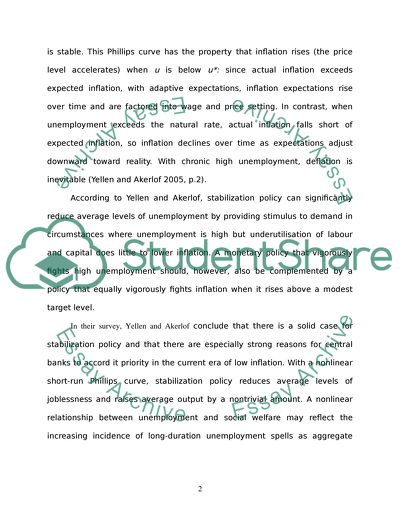Cite this document
(Monetary Policy and The Phillips Curve Analysis Essay Example | Topics and Well Written Essays - 1500 words, n.d.)
Monetary Policy and The Phillips Curve Analysis Essay Example | Topics and Well Written Essays - 1500 words. https://studentshare.org/macro-microeconomics/1528238-macroeconomics-monetary-policy
Monetary Policy and The Phillips Curve Analysis Essay Example | Topics and Well Written Essays - 1500 words. https://studentshare.org/macro-microeconomics/1528238-macroeconomics-monetary-policy
(Monetary Policy and The Phillips Curve Analysis Essay Example | Topics and Well Written Essays - 1500 Words)
Monetary Policy and The Phillips Curve Analysis Essay Example | Topics and Well Written Essays - 1500 Words. https://studentshare.org/macro-microeconomics/1528238-macroeconomics-monetary-policy.
Monetary Policy and The Phillips Curve Analysis Essay Example | Topics and Well Written Essays - 1500 Words. https://studentshare.org/macro-microeconomics/1528238-macroeconomics-monetary-policy.
“Monetary Policy and The Phillips Curve Analysis Essay Example | Topics and Well Written Essays - 1500 Words”. https://studentshare.org/macro-microeconomics/1528238-macroeconomics-monetary-policy.


